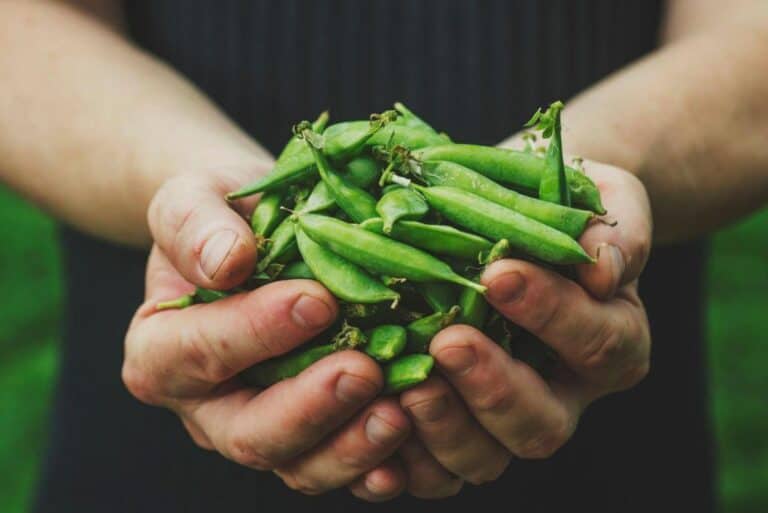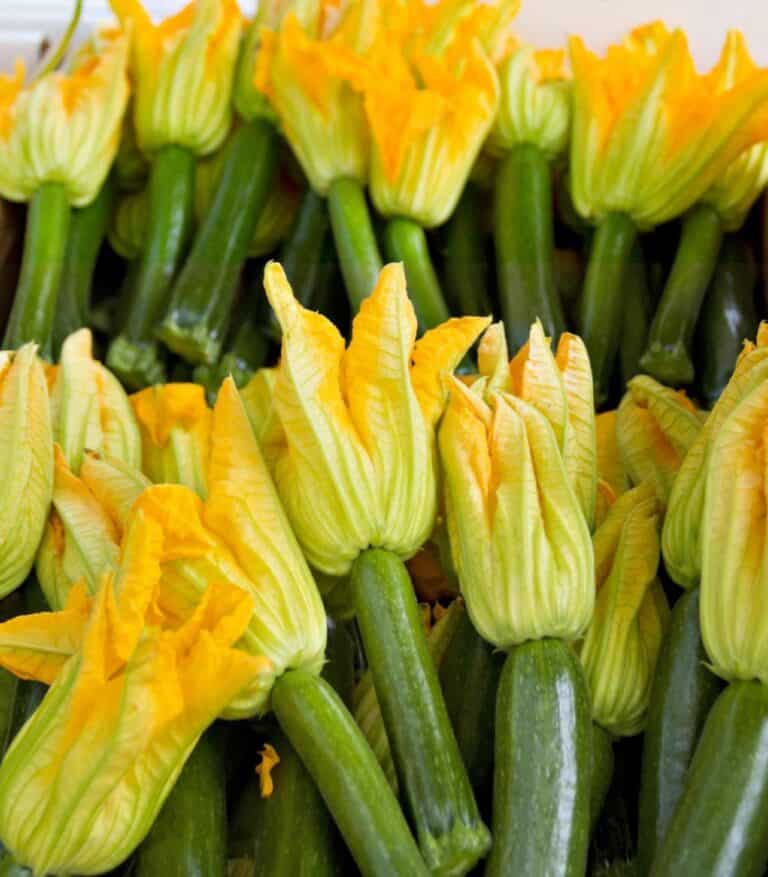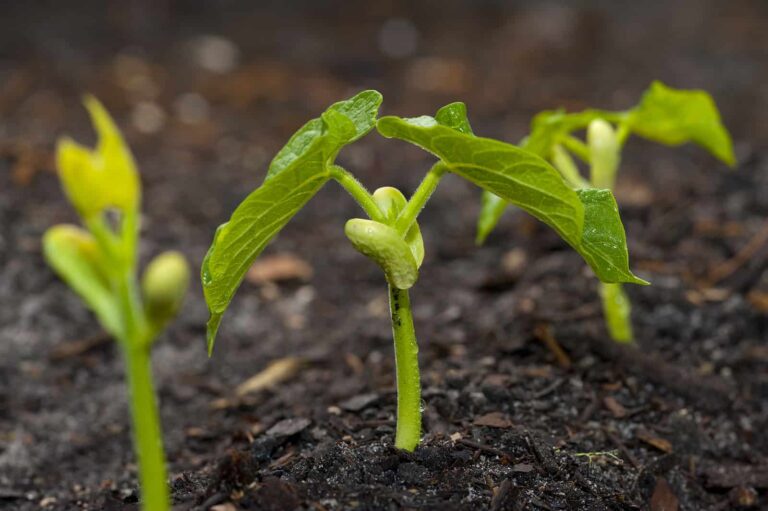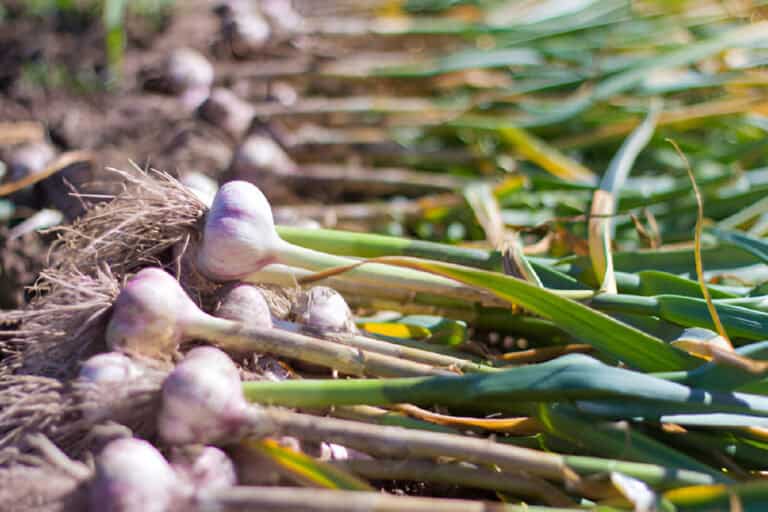Comparing the Yields of Organic and Conventional Agriculture
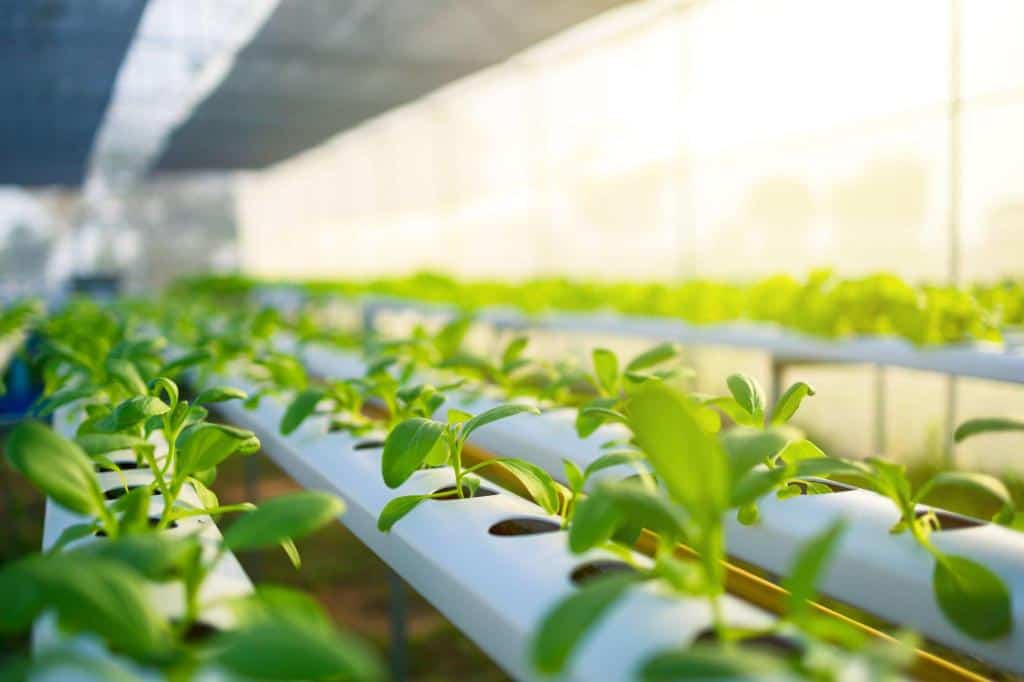
In today’s world, where sustainability and environmental concerns are gaining more attention, the debate between organic and conventional agriculture has become increasingly significant.
One of the key aspects that often comes into play in this debate is the comparison of yields between these two farming methods. The yield of a crop is a critical factor in determining the viability and efficiency of agricultural practices
In this enlightening article, we delve into the depths of organic and conventional agriculture, unraveling the mysteries surrounding their respective yields.
Prepare to embark on a journey where soil quality, pest management, crop diversity, and external inputs take center stage. We will explore the intriguing interplay of natural techniques and synthetic interventions, unearthing the impact they have on the productivity of our farms.
So, let’s unravel the truth behind the yields of organic and conventional agriculture, and discover the path that holds promise for a greener, more sustainable future.
Organic Agriculture
Organic agriculture is a farming method that emphasizes the use of natural practices and avoids the use of synthetic chemicals, such as pesticides and fertilizers. Instead, organic farmers rely on techniques such as crop rotation, composting, and biological pest control to maintain soil fertility and manage pests.
This approach aims to preserve the ecological balance and promote sustainable farming practices.
Conventional Agriculture
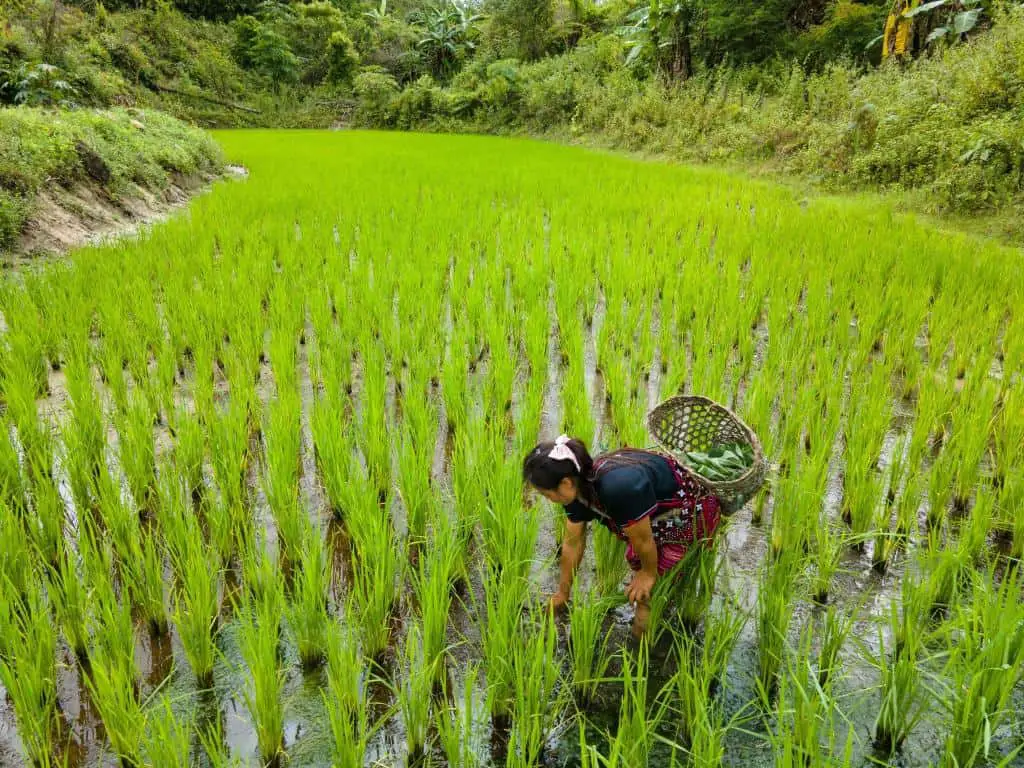
Conventional agriculture, on the other hand, utilizes modern farming techniques that often involve the use of synthetic inputs, such as chemical fertilizers and pesticides.
These inputs are commonly used to increase crop yields and protect plants from pests and diseases. Conventional farmers also employ machinery and advanced technologies to streamline their processes and maximize productivity.
Yield Comparison: Organic vs. Conventional Agriculture
When comparing the yields of organic and conventional farming, it is essential to consider various factors that can influence the outcome. Let’s take a closer look at these factors:
1. Soil Quality
Organic farming focuses on maintaining soil health through practices like composting and crop rotation. By enriching the soil with organic matter and allowing for natural nutrient cycling, organic farmers aim to create fertile soil that promotes healthy plant growth. This emphasis on soil quality can have a positive impact on the long-term yield potential of organic farms.
In conventional agriculture, synthetic fertilizers are often used to provide plants with the necessary nutrients. While these fertilizers can boost initial crop growth, they may have limited long-term benefits for soil health. Continuous reliance on synthetic inputs can potentially degrade soil quality over time, leading to reduced yields in the long run.
2. Pest and Disease Management
Organic farmers employ various techniques, such as companion planting and biological control, to manage pests and diseases. By encouraging natural predators and utilizing pest-resistant crop varieties, organic farmers aim to maintain a balance between pests and beneficial organisms.
While this approach may not eliminate all pests, it can effectively manage pest populations and minimize crop damage.
In conventional agriculture, chemical pesticides are commonly used to control pests and diseases. These pesticides can provide immediate protection and prevent significant crop losses.
However, the overuse of pesticides can lead to the development of pesticide-resistant pests and have negative effects on the environment.
3. Crop Diversity
Crop diversity plays a vital role in both organic and conventional agriculture. Organic farmers often practice crop rotation, which involves growing different crops in sequence on the same land.
This technique helps break pest cycles, improve soil fertility, and reduce the risk of disease outbreaks. By diversifying their crop selection, organic farmers can enhance overall farm productivity.
In conventional agriculture, farmers often focus on growing a limited number of high-yielding crop varieties. This approach allows for efficient use of resources and simplifies management practices. However, relying heavily on a few crop varieties can increase vulnerability to pests, diseases, and market fluctuations.
4. External Inputs and Costs
Organic agriculture relies heavily on natural inputs and traditional farming practices. Organic farmers avoid the use of synthetic fertilizers and pesticides, which can result in lower input costs.
However, organic farming practices often require more labor and time, which can offset some of the cost savings. Additionally, organic certification can involve additional expenses.
Conventional agriculture typically involves higher input costs due to the use of synthetic inputs, such as fertilizers and pesticides. These inputs can be expensive, especially if farmers need to purchase them regularly to maintain optimal crop growth. However, conventional agriculture often benefits from economies of scale and advanced technologies, which can help reduce labor costs and increase overall efficiency.
Case Studies and Research
Numerous studies have been conducted to compare the yields of organic and conventional agriculture. It’s important to note that results can vary depending on various factors, including crop type, location, climate, and farm management practices. Here are a few notable examples:
- A study published in the journal “Nature Plants” compared the yields of organic and conventional farming systems across a large dataset of diverse crops. The results showed that organic farming had lower average yields compared to conventional farming.
However, the study also found that the yield gap varied depending on the crop type and management practices. Some organic systems even achieved similar yields to conventional systems for specific crops.
- Another study published in the journal “Environmental Research Letters” examined the long-term effects of organic and conventional farming on crop yields. The research focused on European farming systems and found that organic yields were lower on average compared to conventional yields.
The study also emphasized that organic systems had the potential to improve yields over time through proper soil management and adaptation of organic practices.
These studies highlight the complexity of comparing yields between organic and conventional agriculture. It’s important to consider the context and specific conditions under which the research was conducted.
The Future of Agriculture
As the world faces increasing environmental challenges and the need for sustainable food production, the future of agriculture lies in finding a balance between organic and conventional practices. Both approaches have their merits and can contribute to a more sustainable and resilient food system. Here are a few trends that are shaping the future of agriculture:
1. Integrated Farming Systems
Integrated farming systems combine the best practices from organic and conventional agriculture. This approach emphasizes the use of natural inputs and the adoption of ecological principles while also incorporating modern technologies and precision farming techniques.
By integrating different approaches, farmers can optimize yields, minimize environmental impacts, and ensure long-term sustainability.
2. Agroecology and Regenerative Farming
Agroecology and regenerative farming focus on building resilient agricultural systems that work in harmony with nature. These approaches prioritize soil health, biodiversity conservation, and ecosystem services.
By implementing practices such as cover cropping, agroforestry, and conservation agriculture, farmers can restore soil fertility, enhance biodiversity, and improve water and nutrient cycling. These strategies can lead to improved yields while reducing reliance on external inputs.
3. Digital Agriculture and Precision Farming
Digital agriculture and precision farming technologies are revolutionizing the way we approach farming. These technologies include remote sensing, GPS-guided machinery, and data analytics. By collecting and analyzing vast amounts of data, farmers can make informed decisions regarding crop management, irrigation, and pest control.
This precision-based approach maximizes resource efficiency and optimizes yields while minimizing environmental impacts.
Conclusion
When comparing the yields of organic and conventional agriculture, it’s important to consider a wide range of factors, including soil quality, pest management, crop diversity, and external inputs. While studies have shown that organic agriculture can have lower average yields compared to conventional agriculture, the context, specific crop types, and management practices play significant roles in determining the outcome.
The future of agriculture lies in finding a balance between organic and conventional practices, integrating ecological principles with modern technologies to create sustainable and resilient farming systems. As we move forward, the focus should be on optimizing yields while minimizing environmental impacts and ensuring long-term food security.
FAQs
Is organic agriculture more expensive than conventional farming?
Yes, organic farming often incurs higher costs due to certification requirements, labor-intensive practices, and organic inputs. However, market demand for organic products, government subsidies, and economies of scale can help offset these expenses.
Do organic farming methods reduce pesticide use?
Yes, organic farming relies on natural pest control methods and prohibits the use of synthetic pesticides. As a result, organic farming significantly reduces pesticide use, leading to lower residues on crops and a healthier environment.
Are organic farming practices more labor-intensive?
Yes, organic farming relies on natural pest control methods and prohibits the use of synthetic pesticides. As a result, organic farming significantly reduces pesticide use, leading to lower residues on crops and a healthier environment.
Are organic farming practices more labor-intensive?
Organic farming generally requires more labor due to practices like manual weeding, crop rotation, and composting. However, advancements in technology and equipment have helped reduce the labor burden, making organic farming more efficient over time.
Are organic yields more resilient to climate change impacts?
Organic farming practices, such as improved soil health and biodiversity, can enhance the resilience of crops to climate change impacts. However, the specific outcomes may vary depending on factors like crop type, location, and the severity of climate change effects.
How do consumer preferences impact the demand for organic products?
Consumer preferences play a significant role in driving the demand for organic products. The increasing awareness of health and environmental concerns, coupled with a desire for sustainably produced food, has contributed to the growing popularity of organic products in the market.


